The first creature I literally had to run after was an Olympic marmit. These little
mammals are extremely gregarious and social. They use physical contact to form tight
social circles.
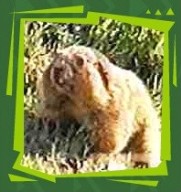
Olympic marmits live in subterranean dens eight months out of the year, so when they are
awake they are really active eating and socializing. When they are hibernating, marmits'
hearts only beat twice a minute!
That Olympic marmit was quite a runner! It took me all day to get close enough for
filming. It was weird that it was so warm out and yet I was chasing him over snow!
My global positioning system told me I was in the mountains of the Olympic National Park,
Washington. I came here to find our national bird -- the bald eagle! While trekking
across the wondrous mountains nicknamed "The Gift From The Sea" (because they used to
be all underwater!), I found a raptor known as a barn owl.
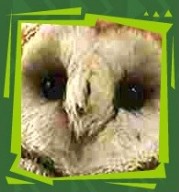
These owls have white faces that have inspired many tales of ghosts! Just imagine being in
a dark barn, and this feathery creature flies out at you!
Barn owls are pretty common, but it took us a really long time to find one. I really
had to look hard. I'm glad it was daytime so I didn't mistake one for a ghost!
I could hear the sound of rushing water, so I decided to move toward it. What I found
was nature's architect and engineer -- a beaver!
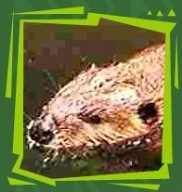
Beavers go into the woods, cut down branches with their teeth, then pull the branches
downstream. Here's where they earn the engineer title -- the branches are placed
strategically so that the homes or dams that they build to live in won't fall apart
and will withstand rising waters and rains.
Beavers are built for an aquatic lifestyle. Water cascades right off their dense fur.
Their tails, which look like big paddles, let them glide right through the water.
It was cool to see a beaver building a dam. Beavers aren't very aggressive, but they
do guard their streams. If you fall into a stream near them, they probably won't
hurt you. But don't swallow any water. Beavers release giardia, which can make you very
sick!
After checking out a rough-skinned newt, I headed into the western slopes of the park. The
western slopes contain temperate rain forests which receive more than 200 inches
of rain a year!
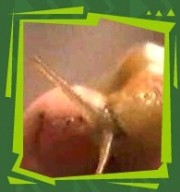
Temperate rain forests change temperatures dramatically. This gives them a lot of
biodiversity. I found a banana slug, the largest mollusk in the United States. The
banana slug can take an entire day just to move 100 feet! Despite their namesake, these
animals are not for eating! In fact I couldn't wait to wash the slime they produce
off my hands.
The bright yellow color on the banana slug means it's got toxins.
They move on the slime their bodies excrete, which also poisons predators. These
mollusks are fairly common and can be found all over California.
It was in the stream that I came across a long-toed salamander. Long-toed salamanders are
mole salamanders and live either underground or in streams. These mole salamanders
breed and cluster in a "congress."
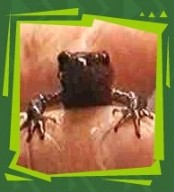
Long-toed salamanders are used as an indicator of how healthy the environment around them
is, or how polluted. Their population has started to drop dramatically, which means
the environment needs to be cleaned up and restored!
Like the hellbender salamander, the long-toed salamander was really hard to find. The
hellbender was harder to find because it lives underwater all the time.
The long-toed salamanders are beautiful and perfectly designed to meet the natural
challenges of their habitats.
Finally I spotted the elusive bald eagle I had come to find! It was up in a tree, so I
carefully climbed up to get a closer (but not too close) look.
Bald eagles are the largest birds of prey in America.
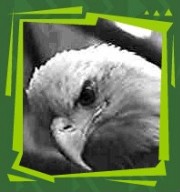
The females get up to 13 pounds. The males are smaller in this species, only weighing
nine pounds. Bald eagles mate for life, which lasts usually about 30 years for them.
Both the male and the female raise the offspring.
Unfortunately, these magnificent creatures are endangered due to hunting and poisoning
through their food supply.
It was exciting to be so close to such a powerful animal -- not that I suggest any of you
get that close. The bald eagle was amazing -- and hard to find! It took an entire
week to track one down!
Join me next time for another wild adventure in the Big Apple -- New York City!
Totally wild,
Jeff
Back to the Journal Page